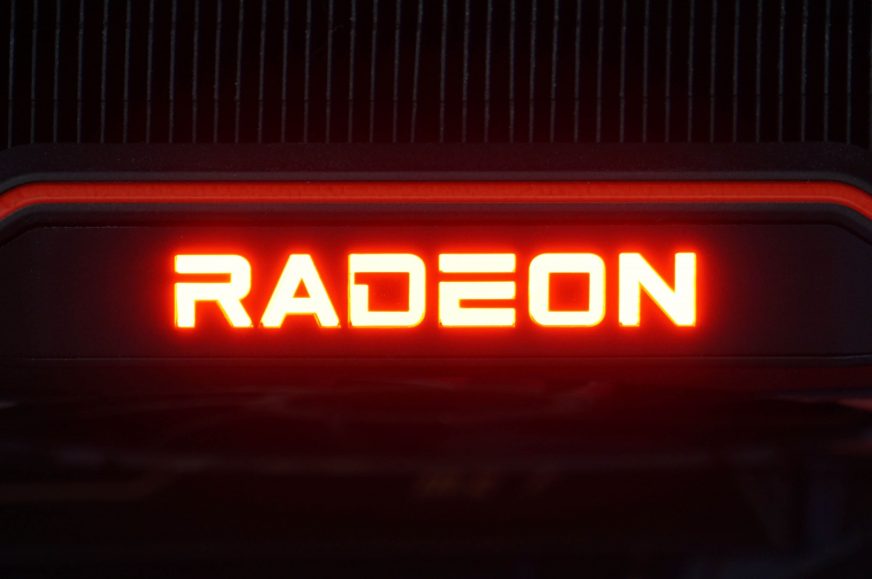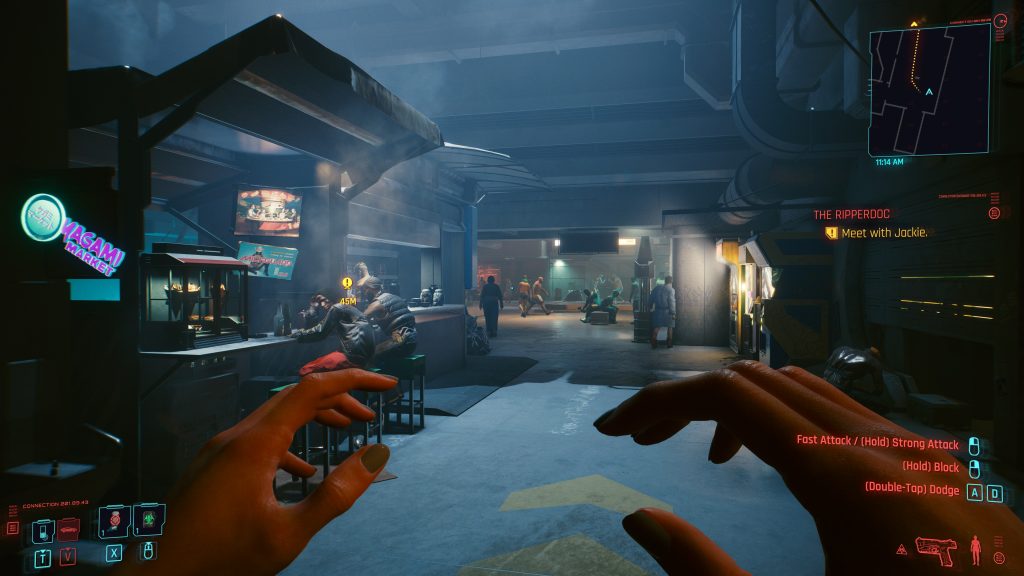Methodology: performance tests
We still have the Smart Access Memory turned off in the standard graphics card methodology (until there is support for GeForce as well). However, for AMD owners, SAM can be very beneficial, but on average you get a plus 5%. But also lower noise, which decreases remarkably. But in some areas AMD’s exclusive technology is also damaging. So be vigilant and broaden your horizons in a test in which we gave Radeon a hard time.
Methodology: performance tests
The largest sample of tests is from games. This is quite natural given that GeForce and Radeons, i.e. cards primarily intended for gaming use, will mostly be tested.
We chose the test games primarily to ensure the balance between the titles better optimized for the GPU of one manufacturer (AMD) or the other one (Nvidia). But we also took into account the popularity of the titles so that you could find your own results in the charts. Emphasis was also placed on genre diversity. Games such as RTS, FPS, TPS, car racing as well as a flight simulator, traditional RPG and sports games are represented by the most played football game. You can find a list of test games in the library of chapters (9–33), with each game having its own chapter, sometimes even two (chapters) for the best possible clarity, but this has its good reason, which we will share with you in the following text.
Before we start the gaming tests, each graphics card will pass the tests in 3D Mark to warm up to operating temperature. That’s good synthetics to start with.
We’re testing performance in games across three resolutions with an aspect ratio of 16:9 – FHD (1920 × 1080 px), QHD (2560 × 1440 px) and UHD (3840 × 2160 px) and always with the highest graphic settings, which can be set the same on all current GeForce and Radeon graphics cards. We turned off proprietary settings for the objectivity of the conclusions, and the settings with ray-tracing graphics are tested separately, as lower class GPUs do not support them. You will find their results in the complementary chapters. In addition to native ray-tracing, also after deploying Nvidia DLSS (2.0) and AMD FidelityFX CAS.
If the game has a built-in benchmark, we use that one (the only exception is Forza Horizon 4, where due to its instability – it used to crash here and there – we drive on our track), in other cases the measurements take place on the games’ own scenes. From those we capture the times of consecutive frames in tables (CSV) via OCAT, which FLAT interprets into intelligible fps speech. Both of these applications are from the workshop of colleagues from the gpureport.cz magazine. In addition to the average frame rate, we also write the minimum in the graphs. That contributes significantly to the overall gaming experience. For the highest possible accuracy, all measurements are repeated three times and the final results form their average value.
Tests with active AMD Smart Access Memory will not be part of the standard methodology yet. Of course, we will focus on SAM, but for better orientation, we will include these tests in a separate article. But we’re doing this just temporarily, until GeForce graphics supports it as well. Then we switch to the opposite model and all cards will be tested with SAM turned on. Until then, however, SAM will be turned off in standard tests, and we will publish the performance increase under its influence separately. No one will be cut short by anything (neither those who have pure AMDs in their cases, nor the owners of Intel platforms) and the clarity of the results will be nicely preserved. Still, putting multiple modes of one card into the same chart (or having 500 charts per article instead of 300) would no longer do any good.
We plan to do one more thing – once a quarter to measure the impact of various updates (drivers, OS, games, BIOS) on performance. This will result in percentage increases or drops in performance that you can work with when studying older tests. It’s a bit of a compromise, but it’s definitely a better option than releasing new tests with out-of-date software. Of course, it would be ideal to test all previous cards before doing every new test, but this is unrealistic. But we believe that you will also appreciate the continuous measurement with one GeForce graphics card and one Radeon and the inclusion of the appropriate coefficient in the criteria of interactive graphs.
- Contents
- Methodology: performance tests
- Methodology: how we measure power draw
- Methodology: noise and sound measurement
- Methodology: heat tests
- Test rig
- 3DMark
- Age of Empires II: DE
- Assassin’s Creed: Valhalla
- Battlefield V
- Battlefield V with DXR
- Borderlands 3
- Control
- Control with DXR and DLSS
- Counter Strike: GO
- Cyberpunk 2077
- Cyberpunk 2077 with FidelityFX CAS
- DOOM Eternal
- F1 2020
- FIFA 21
- Forza Horizon 4
- Mafia: DE
- Metro Exodus
- Metro Exodus with DXR
- Microsoft Flight Simulator
- Red Dead Redemption 2 (Vulkan)
- Red Dead Redemption 2 (Dx12)
- Shadow of the Tomb Raider
- Shadow of the Tomb Raider s DXR
- Total War Saga: Troy
- Wasteland 3
- Overall gaming performance and performance per euro
- GPU clock speed
- Heating of the GPU and VRAM
- Net graphics power draw and performance per watt
- Analysis of 12 V sub-circuit power supply
- Analysis of 3.3 V sub-circuit power supply
- Noise level
- Frequency response of sound
- Conclusion









